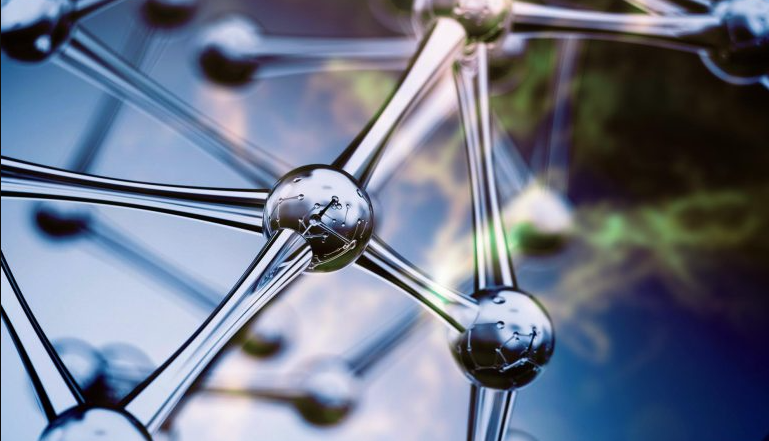A chemical process developed by the McGill team could hasten progress toward carbon neutrality.
Researchers at McGill University have developed a method to convert two of the most damaging greenhouse gases into valuable chemicals using sunlight. This breakthrough could both address climate change and offer a sustainable alternative for manufacturing some industrial products.
“Imagine a world where the exhaust from your car or emissions from a factory could be transformed, with the help of sunlight, into clean fuel for vehicles, the building blocks for everyday plastics, and energy stored in batteries,” said co-first author Hui Su, a Postdoctoral Fellow in McGill’s Department of Chemistry. “That’s precisely the kind of transformation this new chemical process enables.”
The research team’s new light-driven chemical process converts methane and carbon dioxide into green methanol and carbon monoxide in one reaction. Both products are highly valued in the chemical and energy sectors, the researchers said.
Turning to nature for a sustainable solution
The findings, published in Nature Communications, describe a novel mechanism rooted in nature’s own blueprint, similar to how photosynthesis enables plants to convert carbon dioxide and water into glucose and oxygen using sunlight.
In this chemical process, a unique mix of gold, palladium, and gallium nitride acts as a catalyst. When exposed to sunlight, the substance triggers a reaction: an oxygen atom from carbon dioxide attaches to a methane molecule, producing green methanol. Carbon monoxide is created as a byproduct.
“By tapping into the abundant energy of the sun, we can essentially recycle two greenhouse gases into useful products. The process works at room temperature and doesn’t require the high heat or harsh chemicals used in other chemical reactions,” said lead author Chao-Jun Li, a Distinguished James McGill Professor in McGill’s Department of Chemistry and a Canada Research Chair in Green/Organic Chemistry.
“This innovation offers a promising path towards Canada’s target of net-zero emissions by 2050 and turns an environmental challenge into an opportunity for a more sustainable future,” said co-first author Jing-Tan Han, a PhD student in McGill’s Department of Chemistry.

